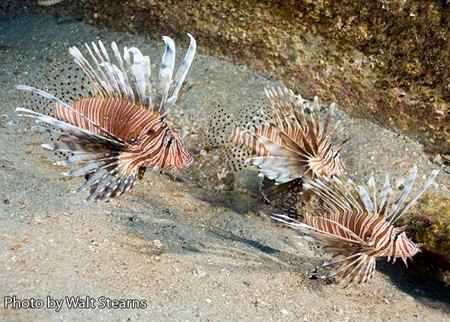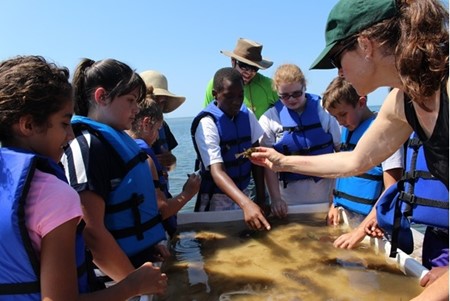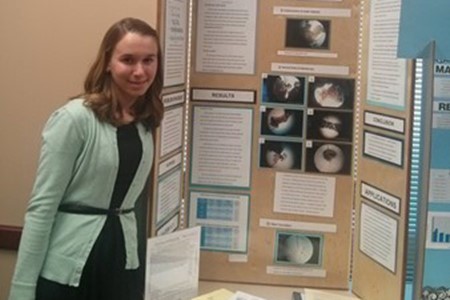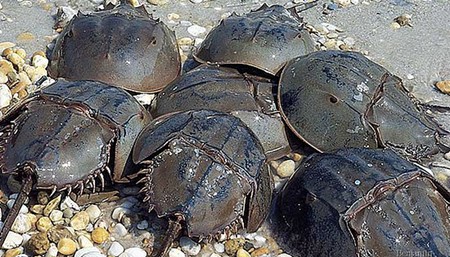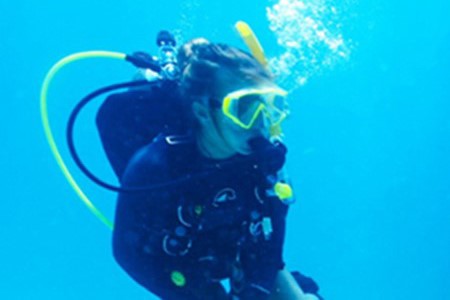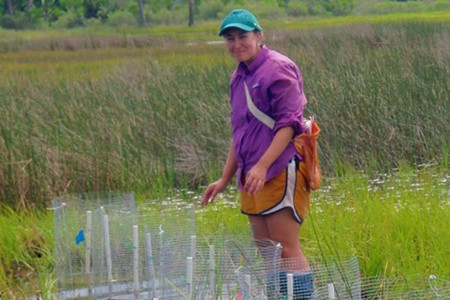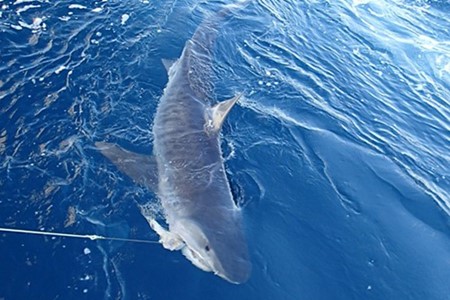Help the FWC by reporting sightings of the invasive lionfish.
Bob Ellis Receives Prestigious Knauss Fellowship
The FSUCML is pleased to announce that Bob Ellis, a PhD candidate in the Department of Biological Science (Advisor, Dr. Felicia Coleman), is one of the 2015 recipients of the John A. Knauss Marine Policy Fellowship, which is sponsored by the National Oceanic and Atmospheric Administration’s National sea Grant College Program.


